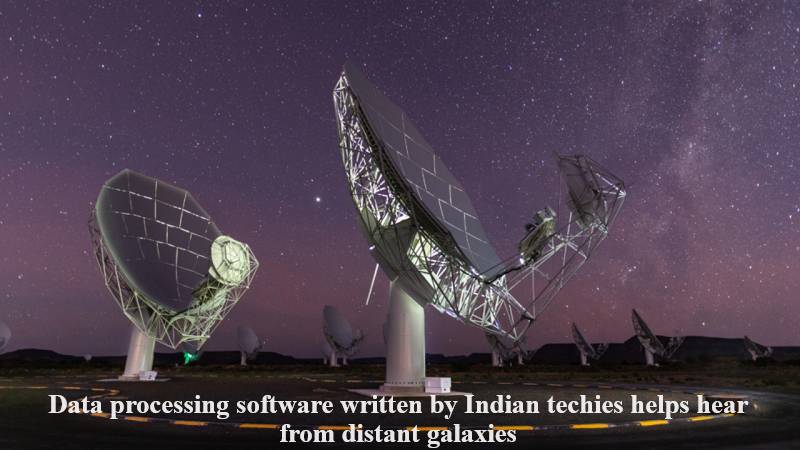
There are two main types of telescopes used for celestial observation: optical telescopes, which capture and study faint light sources from distant objects, and radio telescopes, which employ large antennas to receive and process radio waves from remote sources.
Optical telescopes and observatories are widely known, but they can only operate effectively during nighttime. Radio telescopes, on the other hand, have the advantage of collecting radio signals continuously.
MeerKAT, the world’s largest and most sensitive radio telescope, is located in a South African desert and consists of 64 antennas. It has provided intriguing observations, thanks to data processing software called the ‘Automated Radio Telescope Image Processing Pipeline’ (ARTIP), developed by Indian technologists.
ARTIP is designed to manage the vast amounts of radio signal data produced by the telescope and convert it into usable scientific data. Chhaya Dhanani, Portfolio Head of Engineering for Research at Thoughtworks, explained that this software streamlines the process by cleaning up signal noise, calibrating signals, and performing necessary data processing.
A team of five professionals from Pune, India, working for the global software company, developed this software entirely from the ground up. They have been working on it since 2017, with the first version released in 2020, and ongoing modifications continue to improve its functionality.
Using data processed by ARTIP, scientific teams have made several publications in international peer-reviewed journals. Notable discoveries include the detection of OH radicals in distant galaxies and the identification of Rydberg atoms (massive hydrogen atoms) in a galaxy far away. In the process, the software has processed more than 1 petabyte (1,000 terabytes) of data to yield these valuable insights.

Post Your Comments